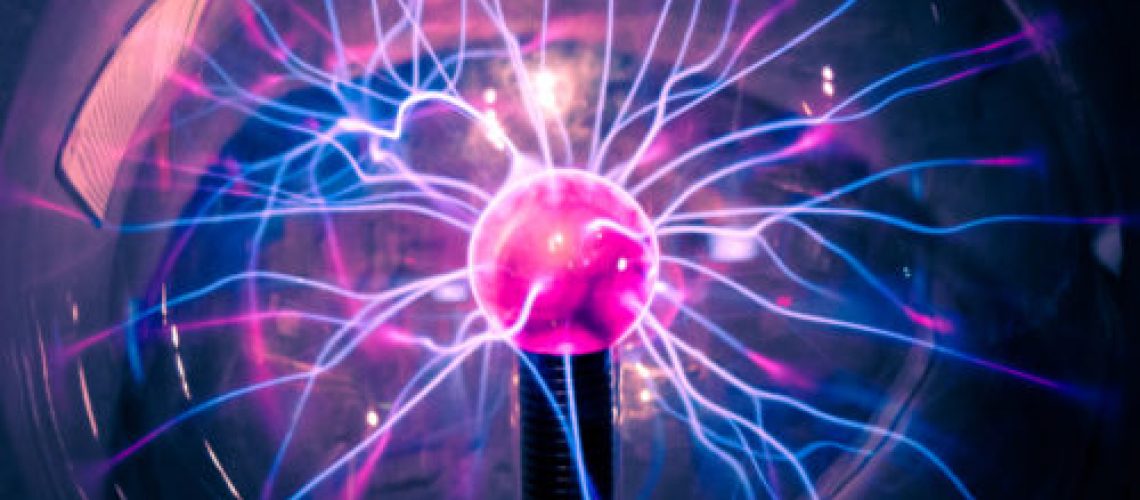It might be the most important place; the in-between. That space where the 2e brain, accustomed to intense stimulation, compensates in the absence of excitement. Craving stimulation, if the 2e brain doesn’t get what it needs, it creates its own frenzy. It’s the time between moments of engagement when the 2e mind – rather than relaxing – becomes rabid. Instead of restfulness during down time, there is pulsating restlessness. Risk of destructive behavior is at its greatest. The 2e person must master skills in order to endure the in-between times.
When the 2e child in your life says, “I’m bored” he may feel physically uncomfortable – literally shaking, vibrating, or buzzing with energy. Lacking stimulation the 2e brain creates drama. Does he exhibit immense anger or frustration, lashing out physically or verbally (or both)? The dichotomy of feeling bored, but wired, is too much. Executive functioning challenges result in a disorganized brain so that any other stimulation is jarring and disorienting. He simply cannot figure out how to relax and finds himself craving stimulation and simultaneously avoiding stimuli that trigger negative behavior. These moments are physically and emotionally draining for a 2e person. Engagement is at a stand-still and their always moving mind doesn’t know where to go. This is one of the reasons why transitions are so difficult.
It is important to recognize that being “on” is not a state of being. The more magnificent a person’s abilities, the more untenable mundane moments become. The 2e brain is happiest when involved in meaningful, and challenging tasks. This brain craves and has the capacity for deep connection, so the in-between moments, are particularly challenging, when engagement is absent. Like a bat echolocating, the 2e brain hunts for something relatable and meaningful. When it doesn’t find something suitable, the 2e brain doesn’t simply rest and wait, it ramps up, its efforts resulting in behaviors that look impulsive and out of control. This is when schools propose behavior plans, mental health diagnoses are made, and oppositional defiant labels are given. Instead what really needs to happen is for everyone to take a step back. The 2e person needs to understand their wiring and learn skills to address their needs. They do not need judgment and assumptions from others or themselves. They need space and time.
An example of greatness succumbing to the in-between is played out in the recent movie, “Bohemian Rhapsody.” If you know me, you know I am obsessed with this film. Freddie Mercury struggles with the in-between. When his character creates music – writing, singing, or performing he is joyful and fulfilled. When he is on fire, in flow, he feels connected and worthwhile and even comments, “I’m exactly the person I was meant to be, and I can do anything!” Anyone who gets a taste of that feeling is lucky in life, but when the feeling is intense, coming down from that high leaves a person wanting.
The in-between times compared to the 2e person’s moments of grandeur are stark. This is why we need to reframe the in-between moments, as if responding to withdrawal symptoms. We must adjust our expectations for our differently wired kids; change is incremental. Mercury’s character states in the movie that “the human condition sometimes requires a bit of anesthesia.” Video games or loud music for 2e kids are favorite antidotes to tame the never-ending bedlam in their brains. It’s hard to know what to do with a mind that simultaneously provides incredible entertainment but gnaws at the psyche when it is idle. 2e kids react to the discomfort in different ways – some sensory seeking, others sensory avoiding and what a neurotypical person may find minimally invasive, a 2e mind may find painfully intrusive.
The first step in managing the in-between times is understanding that idle moments are part of the natural rhythm that allow the extraordinary to happen. It’s why we actually need to train ourselves to enjoy the ride as much as the destination. Life is not about getting to the place where everything is “perfect” or “easy.” Living is the messy, uncomfortable, sometimes thrilling moments that make up the path called life. Recognize when thoughts are wreaking havoc but let them go – literally pay them no mind. In yoga this is the cleansing breath. In mindfulness this is focusing on the breath. Nature focuses on the five senses. Time spent in wilderness teaches how to be alone with yourself. If the limbic system is calm, there is capacity to focus on self-forgiveness and self-celebration. Accepting what the brain and body are doing may open a doorway of discovery previously untapped.
Sometimes instead of calming the energy generated by the 2e brain the body needs to rid itself of that excess energy. Exercise, shout (in a private place – like a parked car or in a basement room), punch a pillow, jump up and down or do wall pushups. If a body needs that release, and is prevented from doing so, we know an even bigger explosion is coming. This is why keeping kids in from recess, so they “behave,” is ludicrous. It doesn’t mean we should ignore outbursts. It means we must make opportunities for 2e kids to get rid of excess energy, so they are available to learn.
No doubt, managing the in-between times is a skill. I recommend tricking your brain into idle mode; think of it as a different kind of immersion therapy. Compete with your child or student to see who can stay bored the longest. Have a contest on who can think of the most mundane thing to do and then do it. Have you ever tried to suck on a lifesaver or lollipop without biting? Put yourself in situations where you need to entertain yourself or just practice doing nothing. Pick the longer line at a red light. Walk the dog without listening to music or a podcast. Stand in an elevator or sit in a waiting room without looking at your phone. Don’t go in the express lane at the grocery store even though you only have 4 items. Be a passenger in a vehicle without looking at a screen. Use the bathroom without reading something. Notice your thoughts and then let them melt away; or allow your brain to explore wherever it wants to go and see where it takes you. Then when the next exciting, engaging incredible experience happens, let the experience wash over your body and realize that in time, you will have idle time again. You may even relish the moments of quiet and see them as a reflection of your magnificence.
With understanding and practice, the in-betweens can become deep cleansing breaths in time, affording an ability to become stronger and better equipped to face life’s challenges. It is a space where the best things can happen – increased self-awareness, grit, and stronger self-esteem.

Author: Julie F. Skolnick M.A., J.D.
Julie Skolnick, M.A., J.D., is the Founder of With Understanding Comes Calm, LLC, through which she passionately guides parents of gifted and distractible children, mentors 2e adults, and collaborates with and advises educators and professionals on bringing out the best and raising self-confidence in their students and clients.


2 Responses
Julie, this is a profound and beautifully written piece that will resonate with any 2e individual or any parent to a 2e child. Last year, I learned that I have three 2e kids, and my husband also realized that he is 2e (having been diagnosed separately as gifted and “ADD” many years ago), and I don’t think anything I’ve read to date has so clearly and thoroughly explained this liminal state of being that 2e individuals experience. I see it play out every day in my home, in both big ways and small, and this article will greatly inform my thinking as we navigate the transitions and “downtime” and unstructured spaces in our family life. Thank you so much for your clarity and insights. I look forward to each one of your newsletters.
Wow- thank you for this. Timely and relevant.